How often do you get, what bakers sometimes call “blow out,” referring to when a bread is “green” or too young or just not proofed enough. I’ve found it especially true in winter.
Despite our lack of recent frost, I hit that wall with temperatures and baking this weekend. Cold air and sourdough are especially tricky. A “proofer” is a type of baking hardware that helps address such difficulties, and this weekend, Brod and Taylor, an interesting and innovative cookware design company, sent me their newest creation, a smartly designed (foldable!) proofer.
Straight from the package, the valise styled proofer was simple to assemble. Even had they not provided instructions, the product was basically “plug and play,” intuitive to put together. That said, I think the instructions could use some diagrams, for those among us with less basic intuition. More importantly. I could imagine them providing tables regarding temperatures for proofing, especially for wild yeasts. Giving their marketing director, Julie Dykstra, initial feedback, she kindly sent me this response by email.
“We are in the process of upgrading the user guide to include more recipes and detailed instructions. We’ve just this week posted a pizza crust recipe with detailed proofer time/temps, it’s here: http://brodandtaylor.com/bread-more/bread/tomato-and-herb-pizza/
Anyway, the advantage of their product is it shortens the waiting time of the proofing process. It also reduces the ugly looking loaves I described as a result of “blowout.”
Here’s something interesting. Since recieving and using the proofer, I have returned to using a thermometer, pretty important if you only depend on touch for indication.
Anyway, here is one loaf I made so far with durum flour.
So far, pretty good. In coming weeks, I’ll provide updates on my experience with this interesting new device.

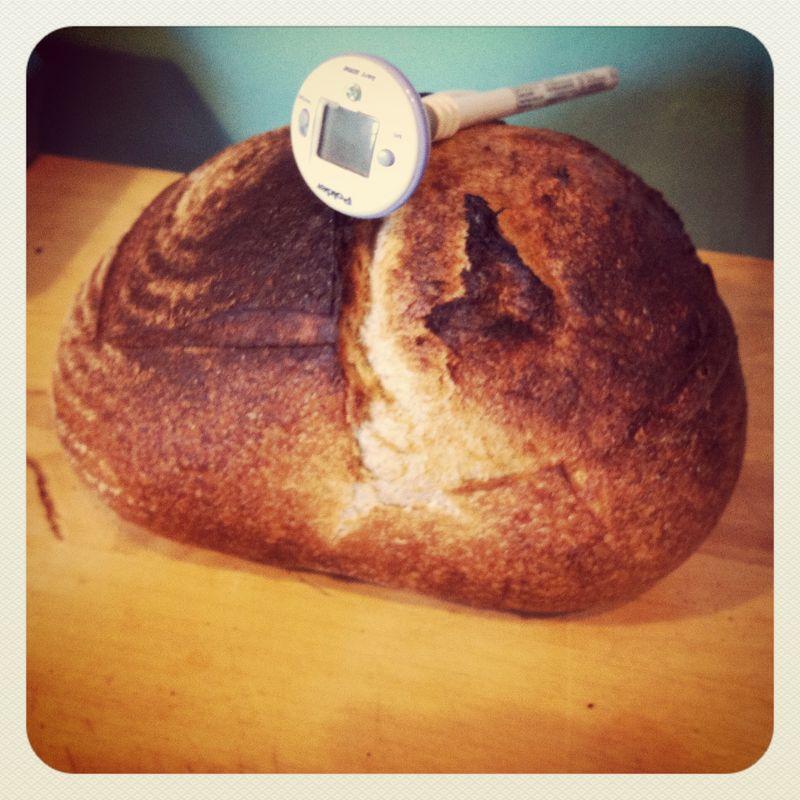
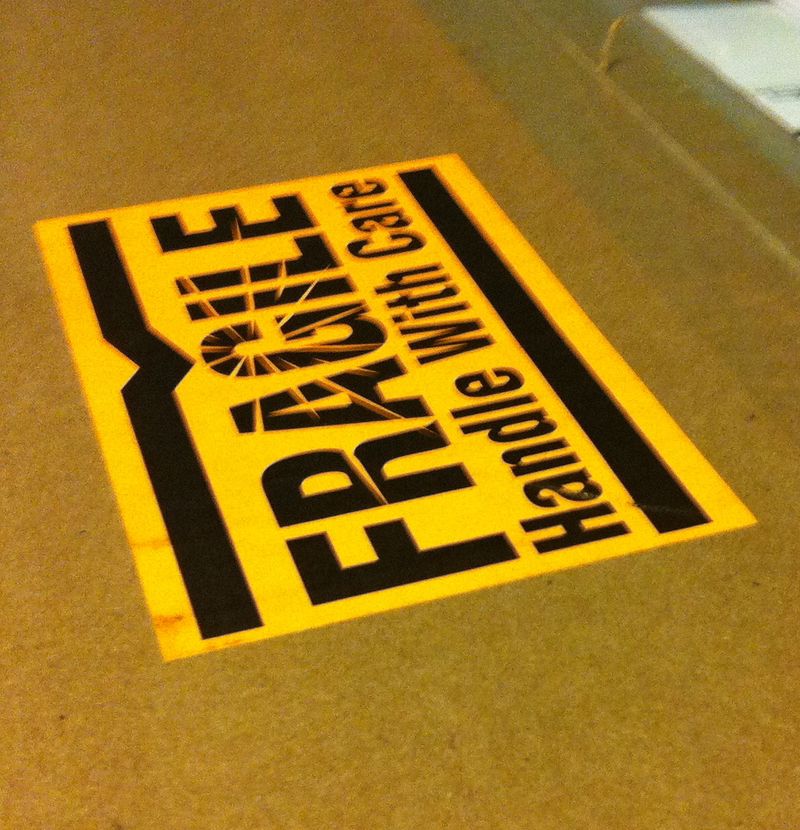
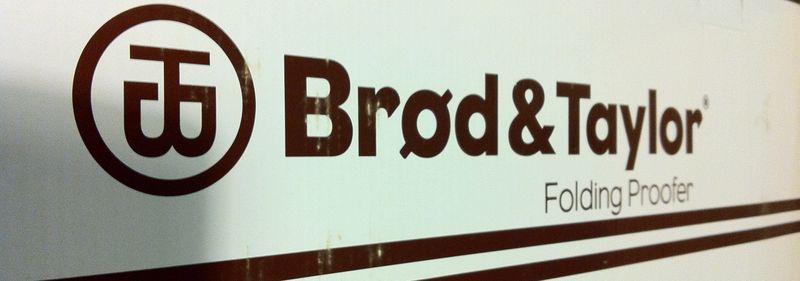
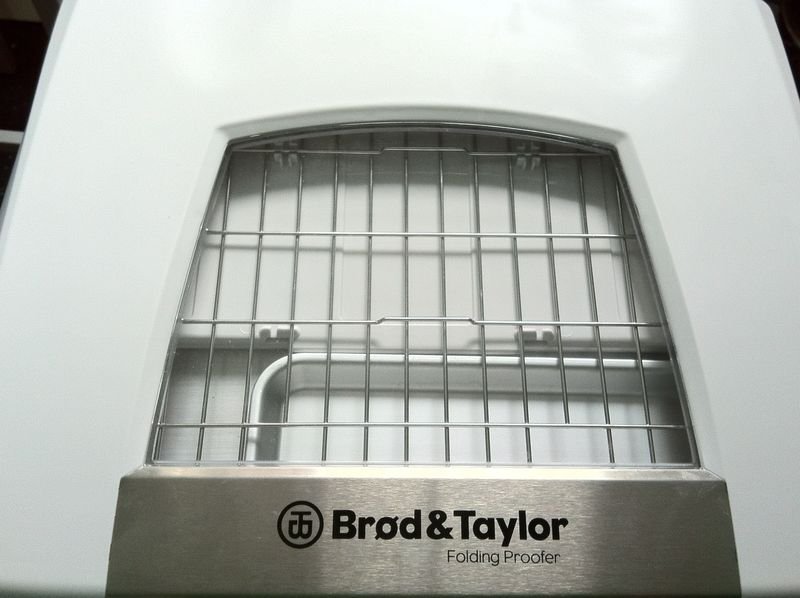
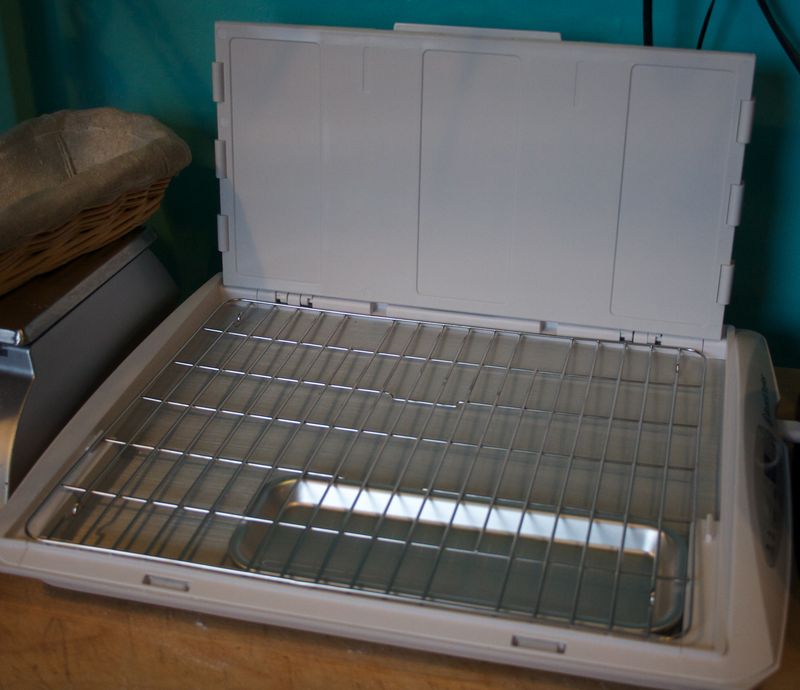
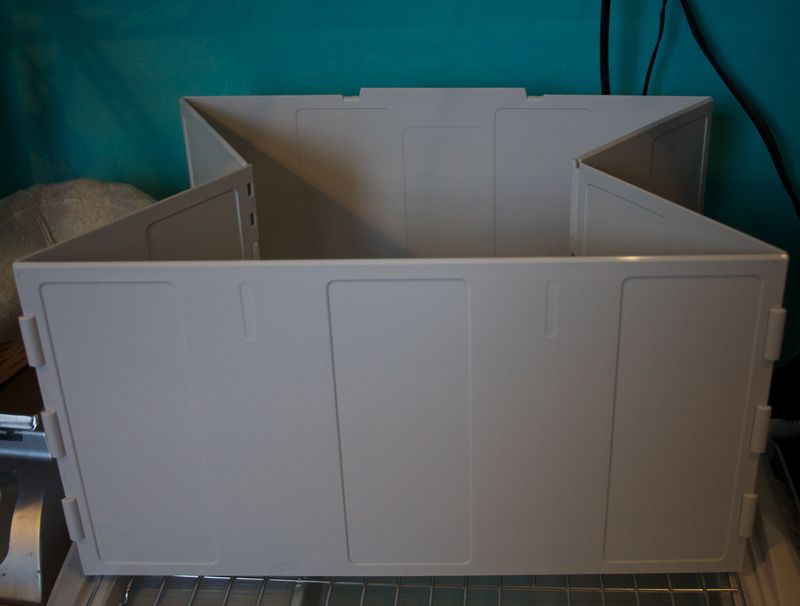
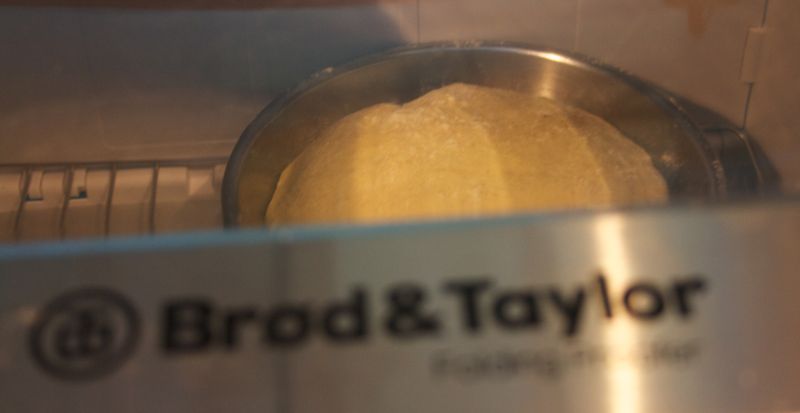
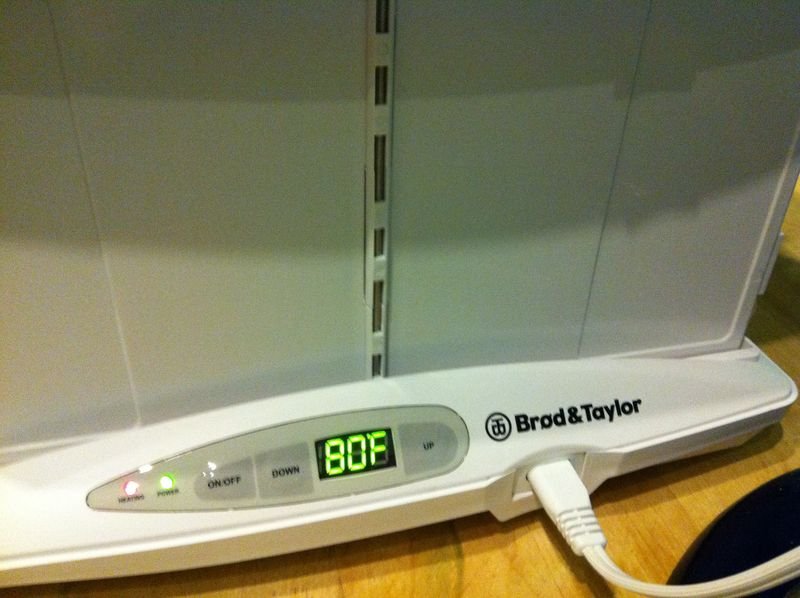
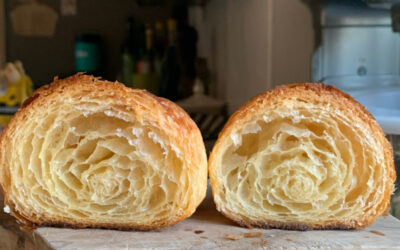
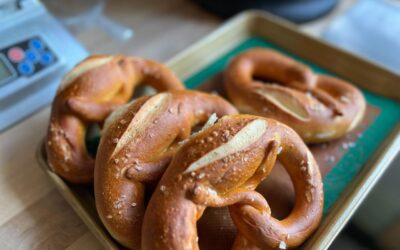
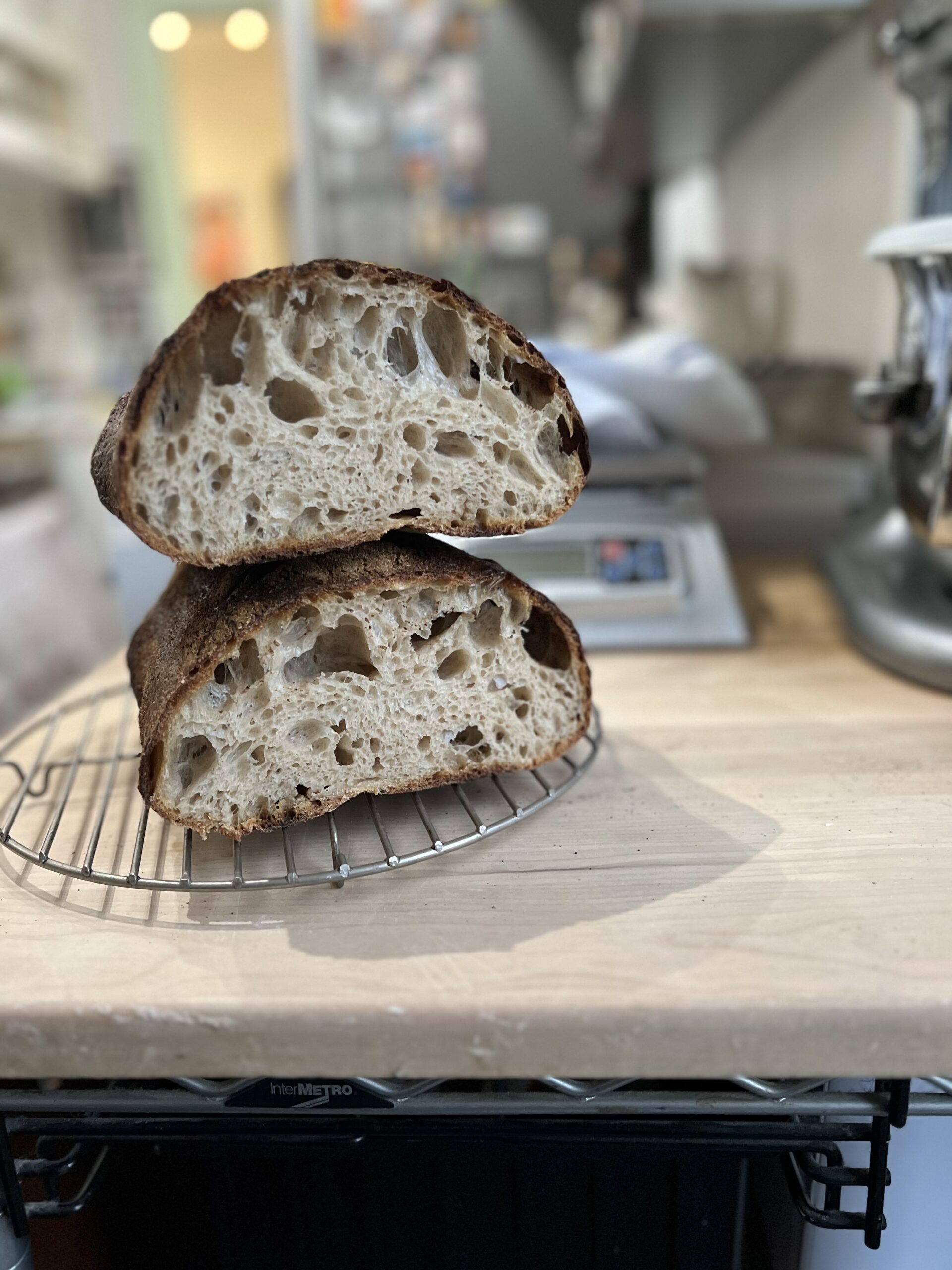
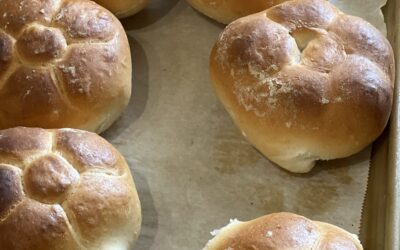
I like it a lot as well! And it can do more than bread: yogurt, crème fraîche, starters… Super convenient!
Cool tool!
Is the temperature reading on the display for the dough or the air temperature?
Do you find that you need to have a warm dough going into the box? I’ve contrived a fairly large proving box using a PID controller and ceramic heat lamp and had a fair amount of success with it.
Recently, however, my kitchen was 12C (daytime) and my Best Beloved made up a dough that was very chilly despite the warm water. This went into the box and although the thermocouple correctly recorded that the air temperature was 25C, the dough didn’t warm up. When I realised this, I made up a water bath and put the dough bowl in there to bring it up to temperature before returning to the box.
I haven’t quite worked out the best compromise for where to put the thermocouple to give a best estimate for the dough so I’ll be interested in following what you do with the thermometer you’ve re-introduced to your work.